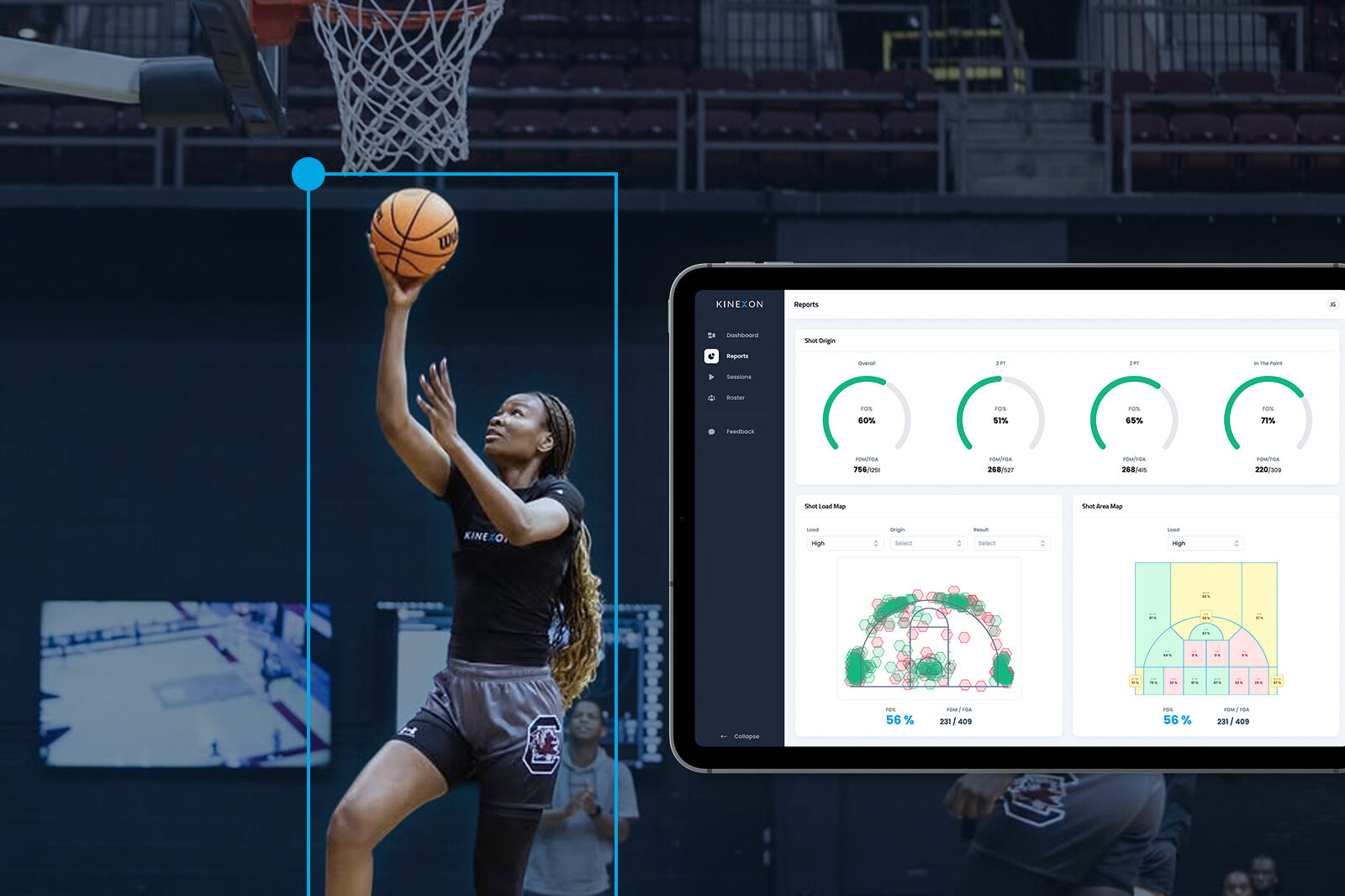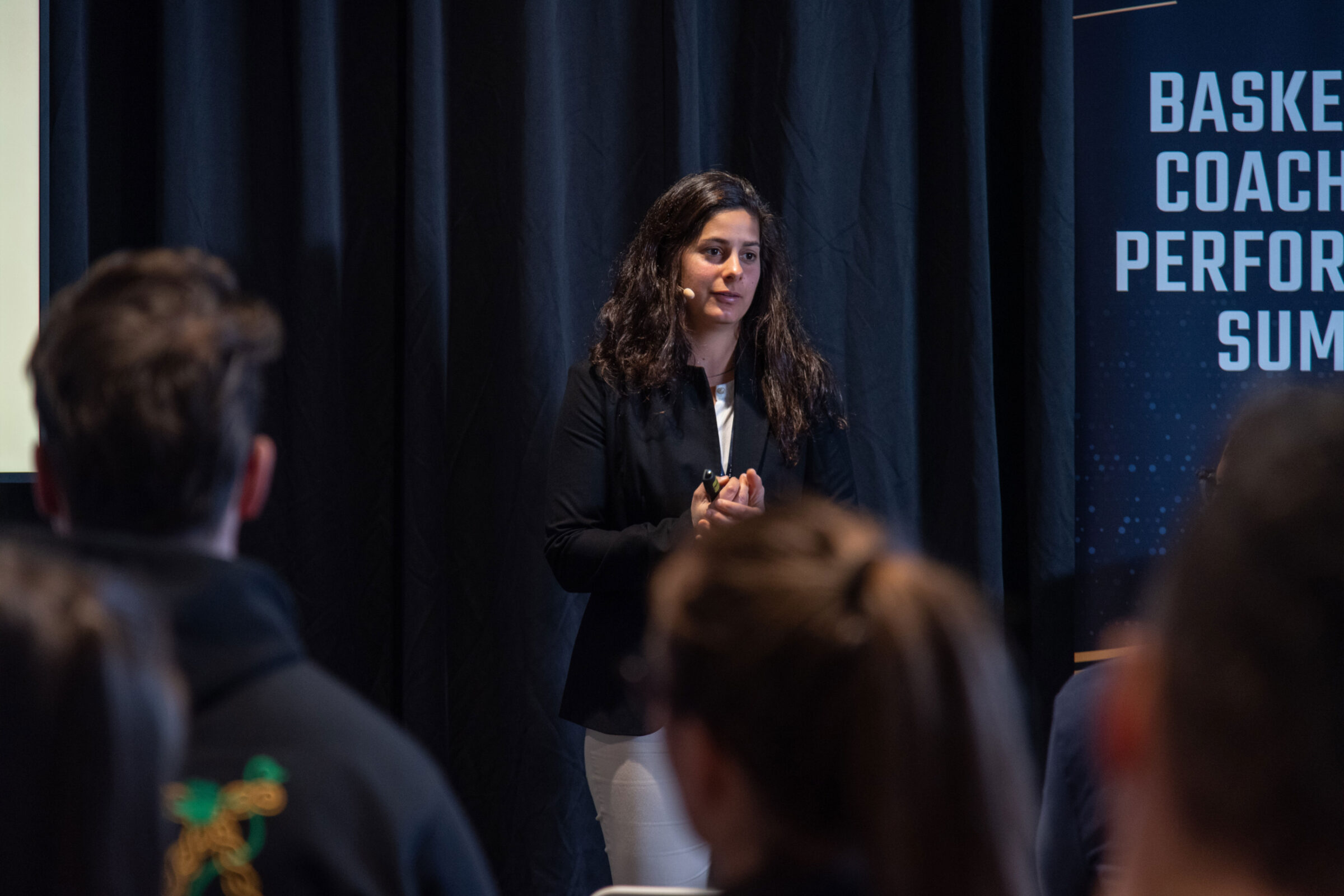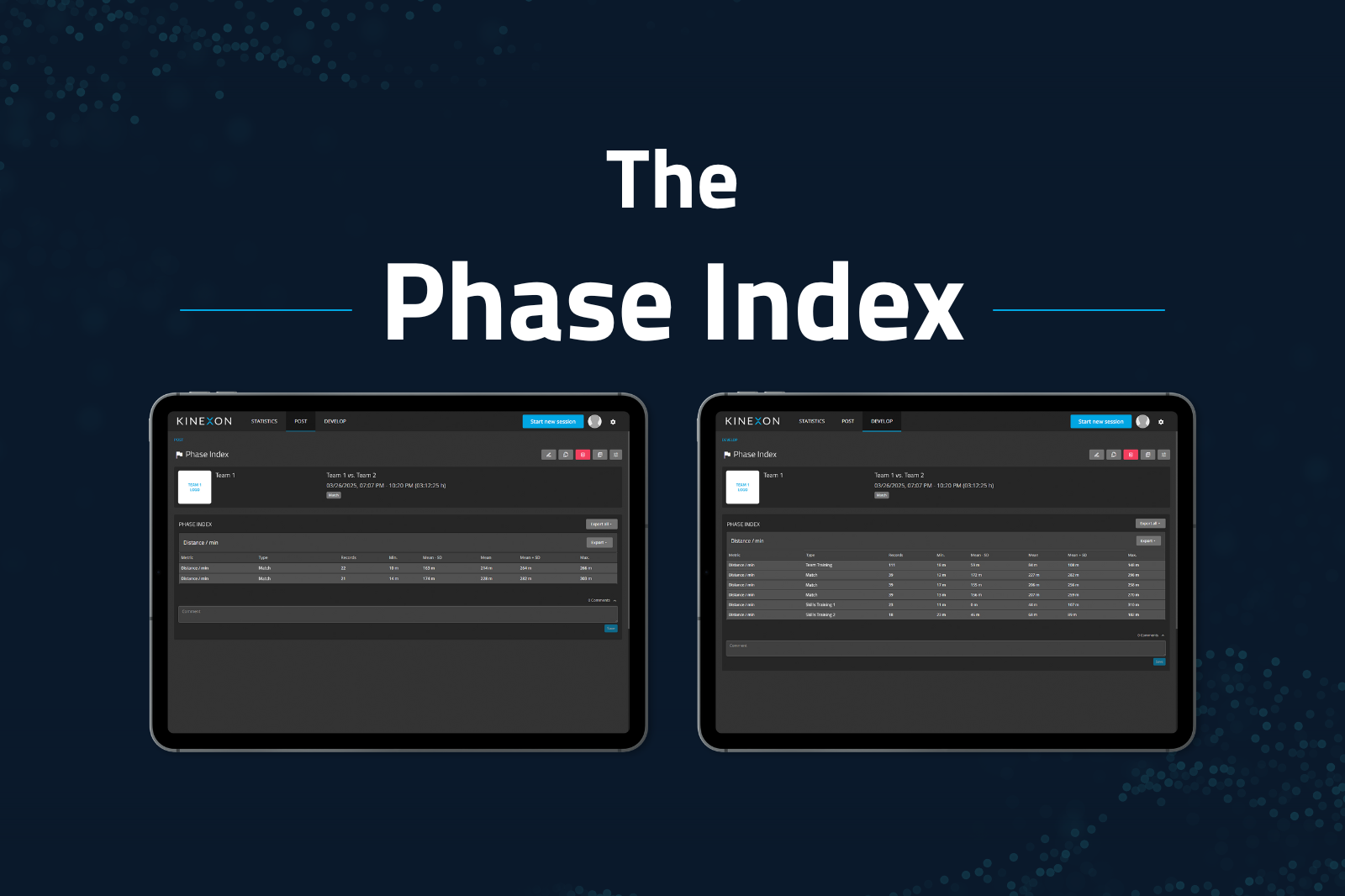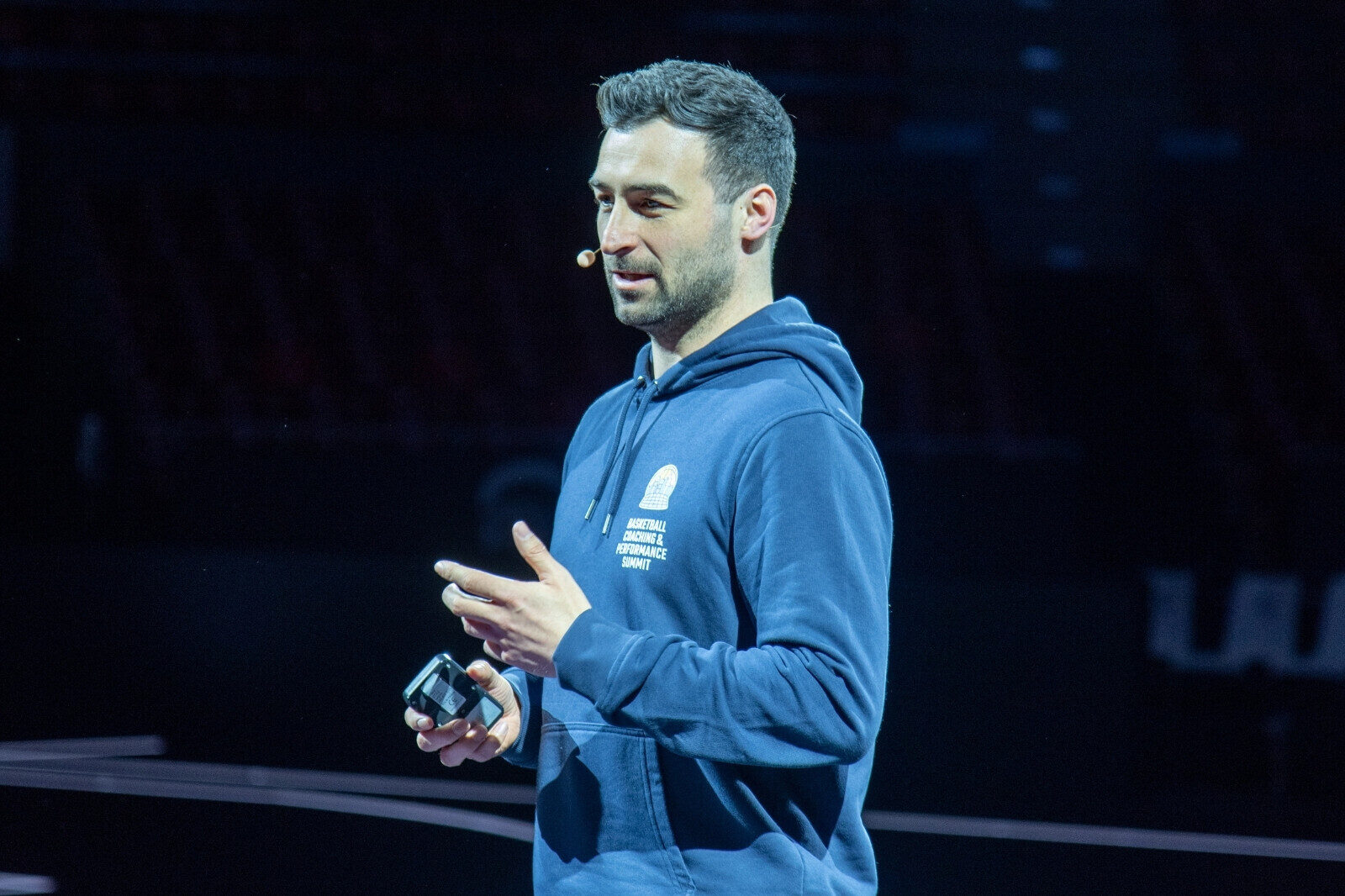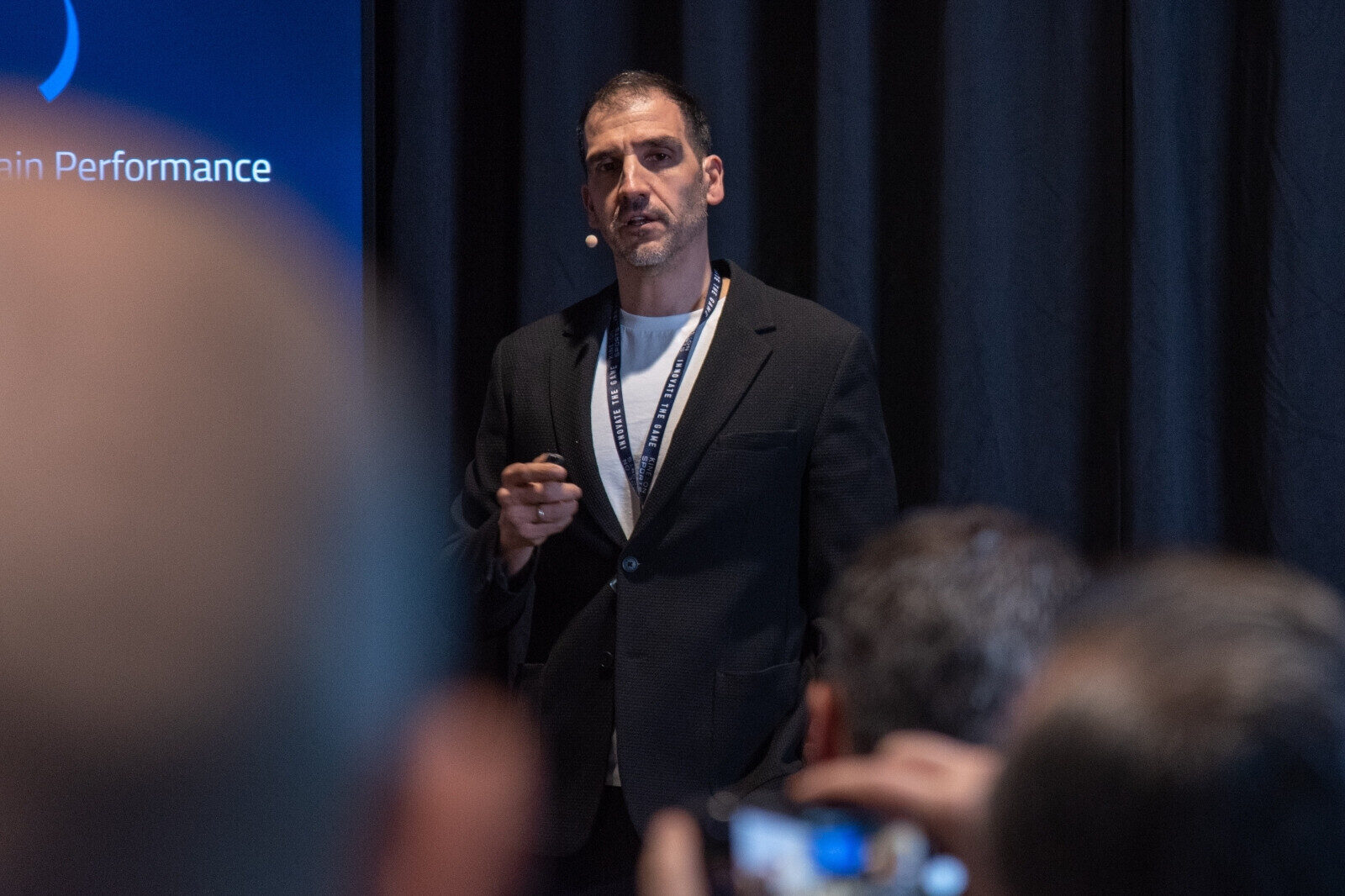Why Hockey Advanced Statistics Are Changing The Game On Every Level
In ice hockey, advanced statistics are an incredibly powerful tool. They can unlock the secrets of the sport. From the ability to track a player’s individual performance to developing team strategies, advanced stats can help teams make better decisions and gain a competitive edge. Let’s find out how.

Hockey advanced statistics, often referred to as “advanced stats,” are a collection of data-driven metrics and insights that go beyond traditional box score statistics, providing a deeper and more nuanced understanding of player and team performance in the game of hockey.
With the right knowledge, you can start to comprehend some of the strategies coaches and trainers use to make more informed decisions.
The Augsburger Panthers of the German Hockey League use a KINEXON hockey solution in every practice and game. See how it improved their game by clicking the video link below.
Using Hockey Advanced Statistics to Improve Performance

KINEXON’s hockey solutions offer a wide range of metrics that are tracked for both coaches and players, providing valuable insights into various aspects of the game. These metrics can be categorized into several key areas:
Player Performance Metrics:
- Speed: Tracking a player’s skating speed, including maximum and average speeds during a game or practice.
- Acceleration: Measuring how quickly a player can change their speed and reach higher velocities.
- Deceleration: Monitoring the rate at which a player can slow down, crucial for agility and stopping.
- Distance Covered: Calculating the total distance a player skates during a game or practice.
- Player Load: Assessing the physical load placed on a player, which can help prevent overexertion and injuries.
Positional Metrics:
- Player Position: Precisely determining the position of players on the ice, which can be used for tactical analysis and strategies.
- Player Heatmaps: Creating visual representations of where players spend the most time on the ice, aiding in game planning.
Biomechanical Metrics:
- Skating Efficiency: Analyzing a player’s skating technique for efficiency and power.
- Jump Height: Measuring how high players can jump, which can be crucial for aspects like puck retrieval and shots.
Player Fatigue and Workload:
- Load Monitoring: Monitoring player load to assess fatigue levels and help in training and recovery management.
- Injury Prevention: Monitoring player workload to prevent overtraining and reduce the risk of injuries.
Game Analysis:
- Puck Possession: Tracking the time and frequency with which players possess the puck.
- Passing Accuracy: Assessing the accuracy and success of passes between players.
- Shooting Metrics: Analyzing shots taken, including shot speed, shot placement, and shot success rates.
These metrics provide coaches and players with valuable information that can be used for performance analysis, tactical adjustments, training program development, and injury prevention.
KINEXON’s hockey solutions aim to enhance decision-making and overall performance on the ice by leveraging data-driven insights.
KINEXON Hockey For Advanced Statistics

Advanced stats play a crucial role in helping hockey teams improve their performance on the ice.
KINEXON’s advanced hockey statistics are no exception. Teams use KINEXON PERFORM IMU (Inertial Measurement Unit) and KINEXON PERFORM LPS (Local Positioning System) to gather valuable insights. These insights help teams build effective strategies and make informed decisions.
If you’d like to learn more about the analytics KINEXON can provide for players, coaches, and fans, click the link below, or contact us at any time.
Want to learn more about KINEXON’s hockey tracking solutions?

